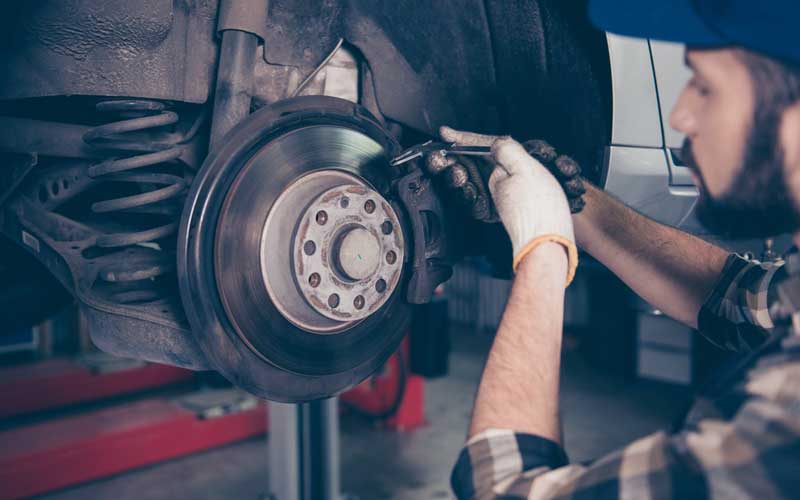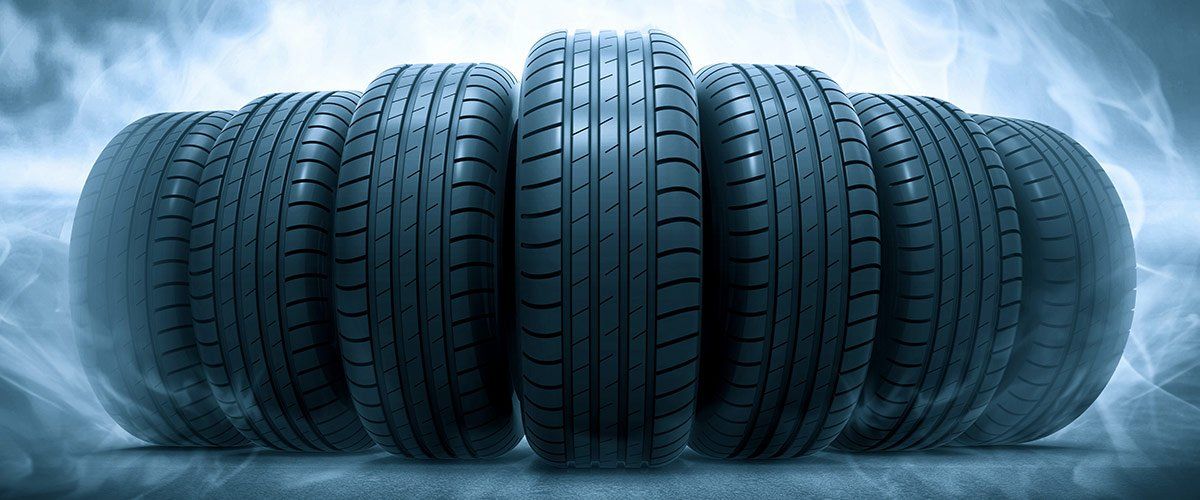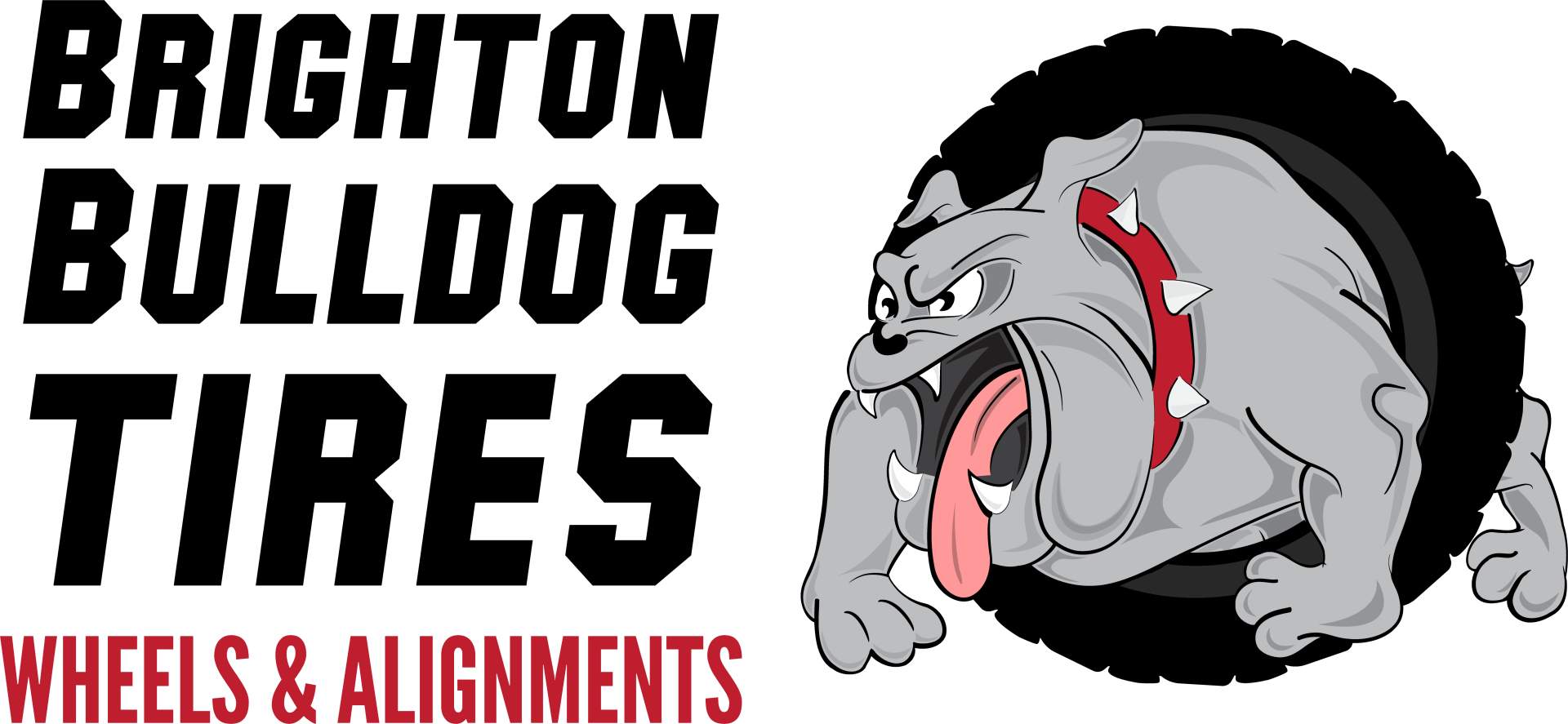What is a Wheel Alignment and Does my Car need One?
What Happens During a Wheel Alignment?

Wheel alignment is the position of your tires relative to the body of the vehicle. This ensures that your tires meet the road at the proper angle, are centered in the wheel wells, and are pointing straight ahead. It is important that the tires make proper road contact for a smooth ride and to last as long as possible.
What causes the wheels on your vehicle to become “misaligned”? This can happen when driving on a road full of potholes, hitting the curb when parking, and normal wear and tear from driving. Problems with wheel alignment can cause you to use more fuel, and your tires will need to be replaced more frequently, which can be expensive in the long run.
How Can You Tell if Your Wheels Need Alignment?
When driving a car that needs an alignment, you may experience the following things:
● The steering wheel is crooked, even though wheels are straight.
● The car drifts to the right or left, constantly needing to be corrected to stay in the lane.
● Unusual or uneven tire wear
● Steering wheel vibration
● The steering makes a loud noise or the tires squeal.
The measurements are exceptionally fine, and wheel misalignment is not something you can see outright by eyeballing whether or not it looks right. An experienced tire technician can tell if your alignment is off and will suggest getting it corrected.
Terms to Know:
● Misalignment
● Steering pull
● Caster (forward or backward slope)
● Camber (inward/outward)
● Toe in/out
How Long Does an alignment take?
It does not take long to perform, roughly about an hour, if there are no parts to be replaced. Replacing damaged components requires a little extra time. You can expect it to be a little longer if you are getting wheel alignment and tire rotation performed.
What Happens During a Wheel Alignment?
During an alignment, the vehicle is put on the rack, and the wheels are rotated and adjusted until they’re properly aligned to fit manufacturer recommendations, driving preferences and vehicle requirements. The wheels may also have camber, caster, and toe adjustments done at the same time.
If your vehicle has all-wheel-drive, it will need a 4-wheel alignment. This means the two front wheels will get a caster and front toe adjustment, and the rear wheels will get a camber and toe adjustment. This will round everything out and ensure proper tilt and rotation for all components.
Alignment is measured in degrees. Camber refers to the tire leaning inward or outward, caster (forward or backward slope of steering components) and toe (the direction the tires are pointing). Toe-in is just like it sounds, the tires are pointing inward. Toe-out means that the tires are pointing outward, from a bird’s eye view of the situation.
Besides the wheel adjustments, resetting a vehicle’s steering angle sensor is sometimes needed as well. The steering angle sensor has to do with steering pressure, along with braking and acceleration, in many modern vehicles.
When Do You Need Front-end Alignment Service?
Neglecting your car alignment can cause serious problems. Here are some situations where you would need to get one to avoid unnecessary wear on tires. You should get an alignment if:
● You buy all new tires
● You had a fender-bender
● You have your vehicle lifted
● You notice your steering pulls to the right
● It’s been a year since your last alignment
How Much Does a Wheel Alignment Cost?
How much does an alignment cost? A front-end alignment typically costs between $60 and $100. Some tire brands may cost a bit more, but it is worth it. If you can get this service as part of a yearly maintenance plan, go for it.
How Often Should You Get a Wheel Alignment?
For the best driving experience and to reduce wear on your tires, you should get your car’s alignment checked every six months or 6,000 miles, whichever comes first. Getting a wheel check done every time you have your tires rotated is a good rule of thumb. If you get new tires, have the wheels checked to make sure the tires wear evenly.
Although it may seem like you’re spending more money, you’ll save money in the long run by not replacing tires so often, and you can avoid other issues with the steering or suspension that may creep up as well.
Do You Need to Get an Alignment After Installing New Tires?
Yes, getting new tires is a situation where it is recommended to get an alignment to start off in good shape and reduce the amount of wear on the tires as they age. You should have your tires checked periodically if you routinely drive on rough roads, or after bumps or impact. Ideally, you should have a wheel alignment check one or twice per year. Cars tend to go out of alignment gradually, and you may not realize anything is wrong right away.
Noticeable tire wear is one way to identify misalignment. However, it saves time and money to have your vehicle aligned annually to help correct any issues before any damage is done. If you need wheel or tire services, Brighton Bulldog Tires specializes in front end suspension & 4-wheel alignments. Contact us at 303-659-0868 or visit us on the web.


Contact
125 W Bridge St Unit A, Brighton, CO 80601
303-659-0868
carlosbulltires2023@gmail.com
All Rights Reserved | Brighton Bulldog Tires
